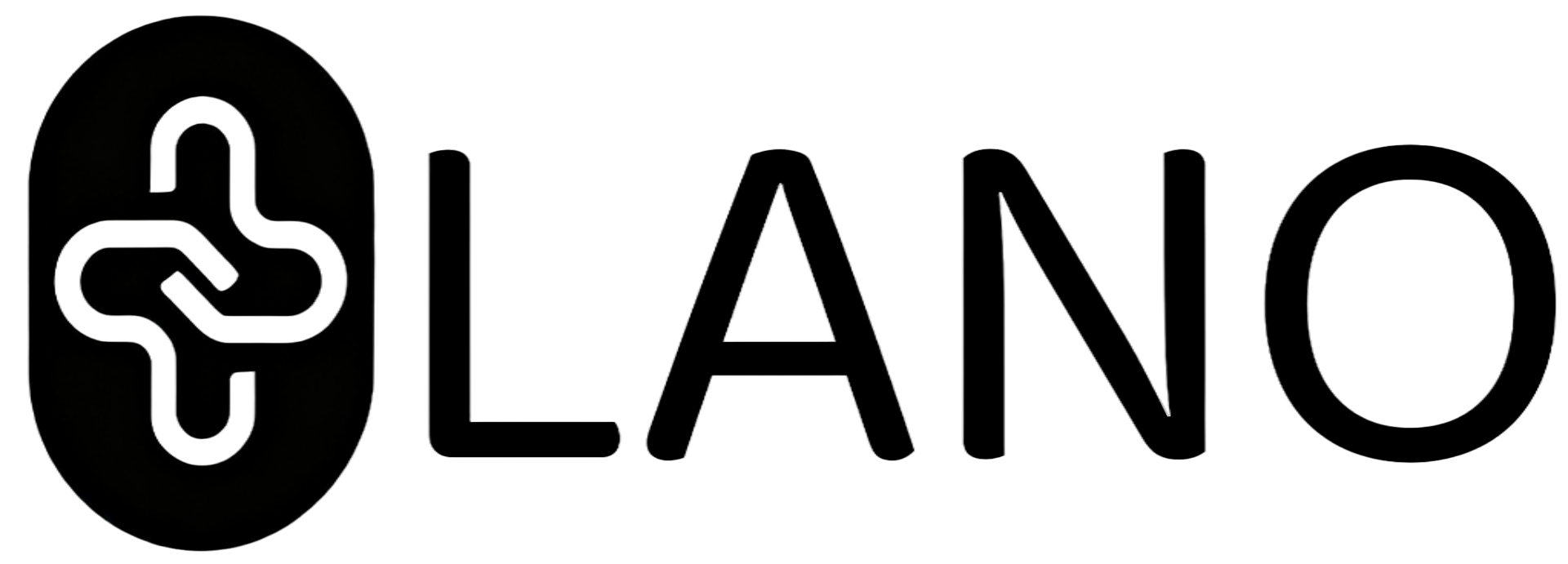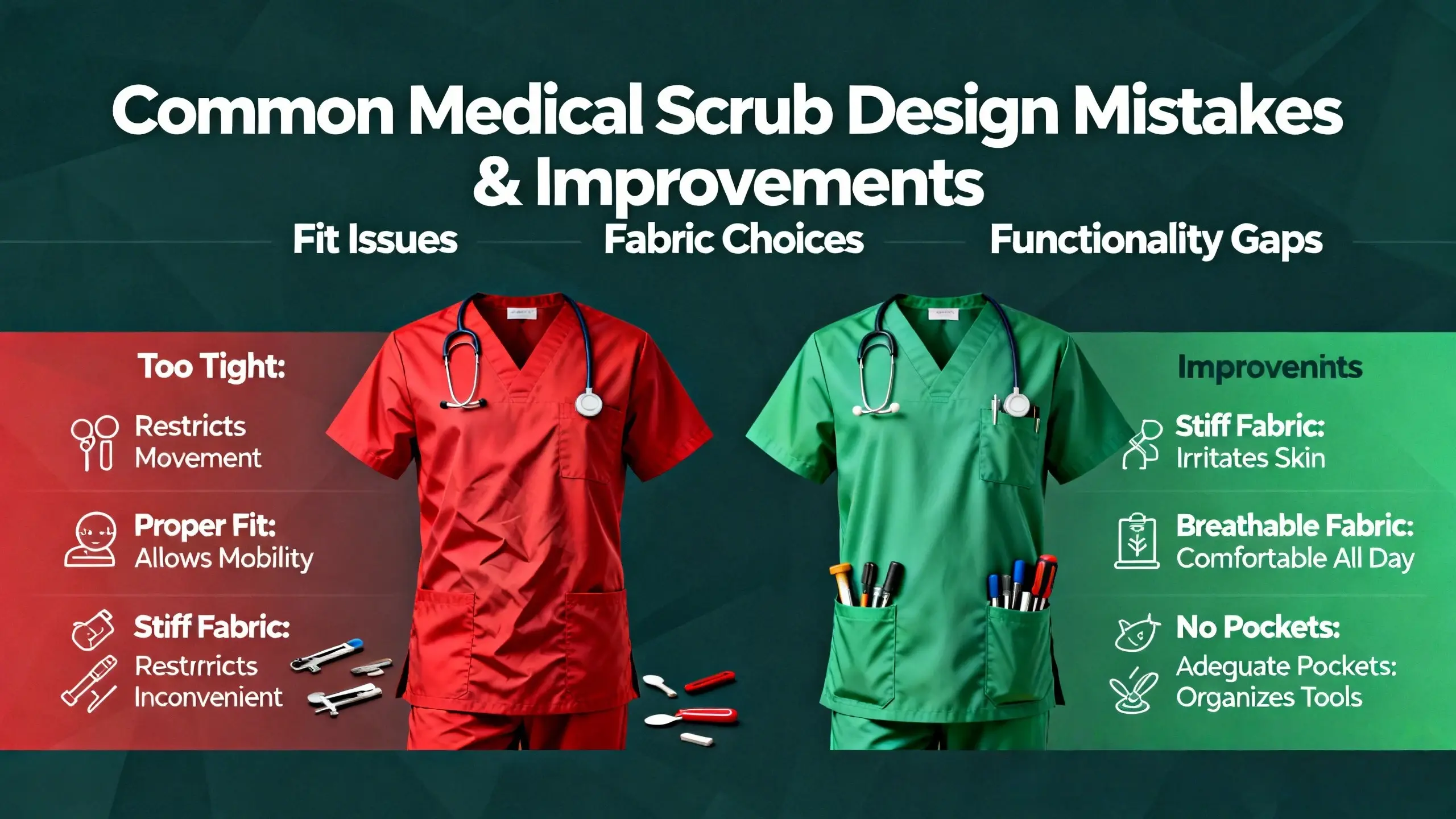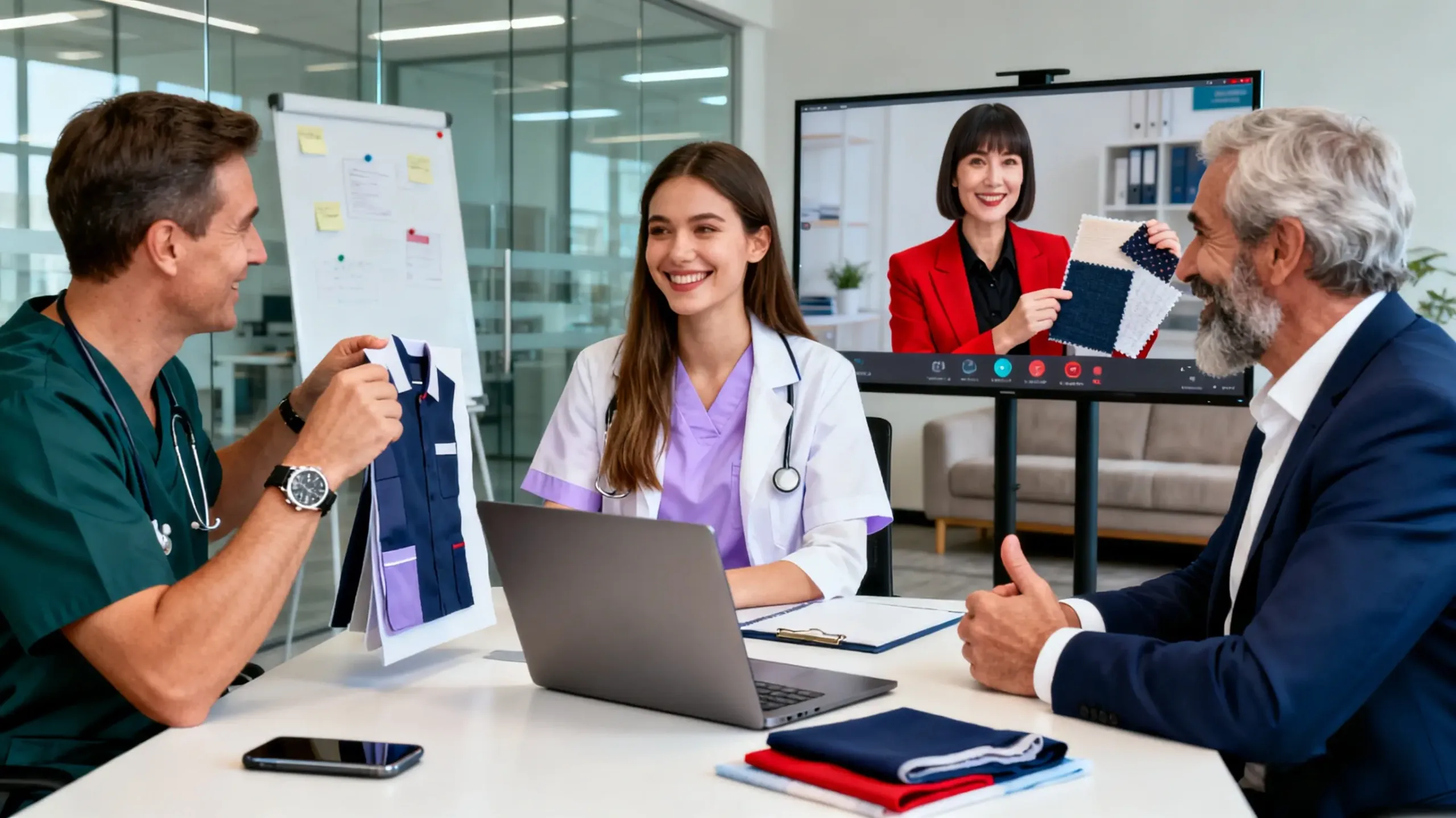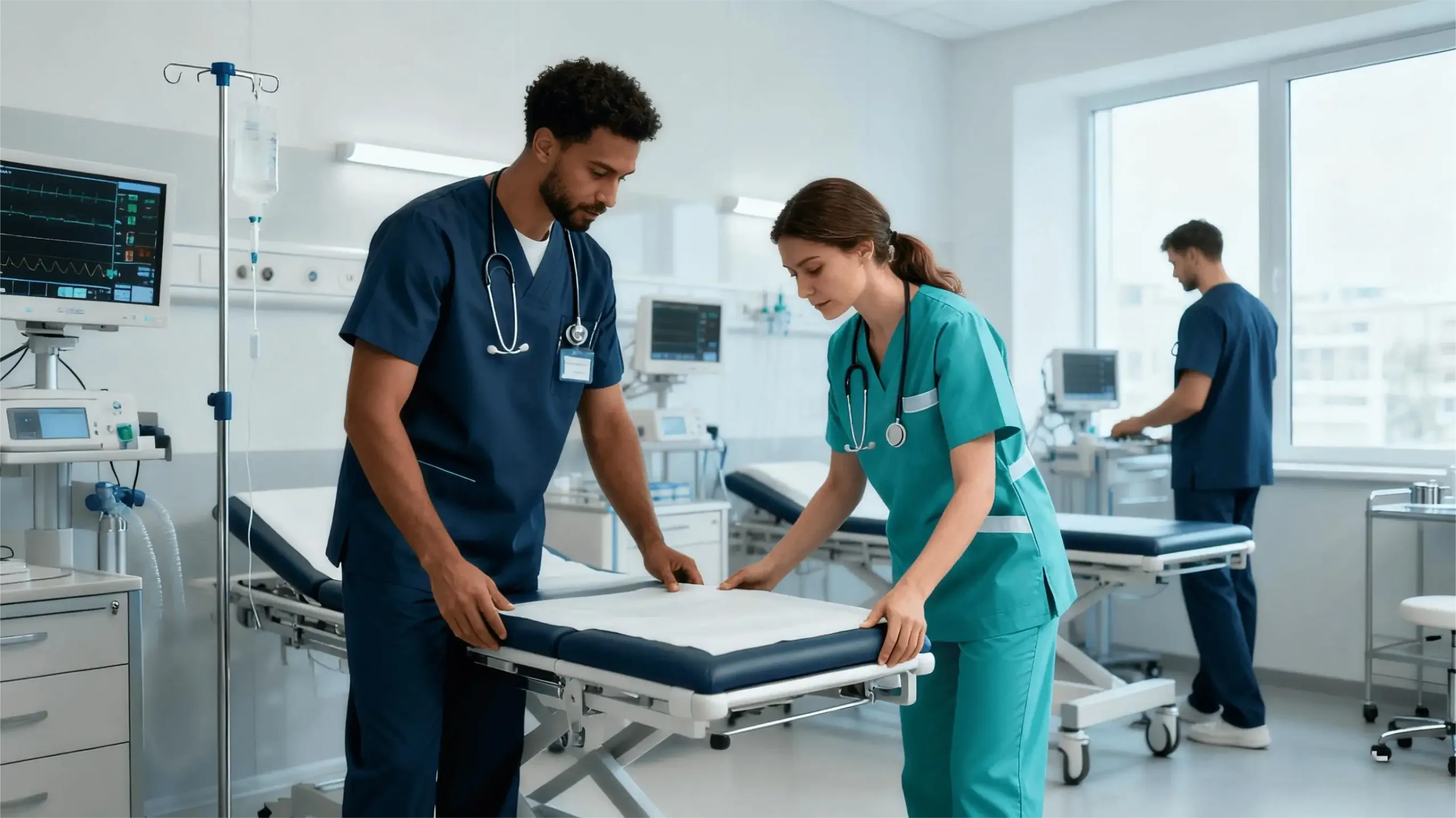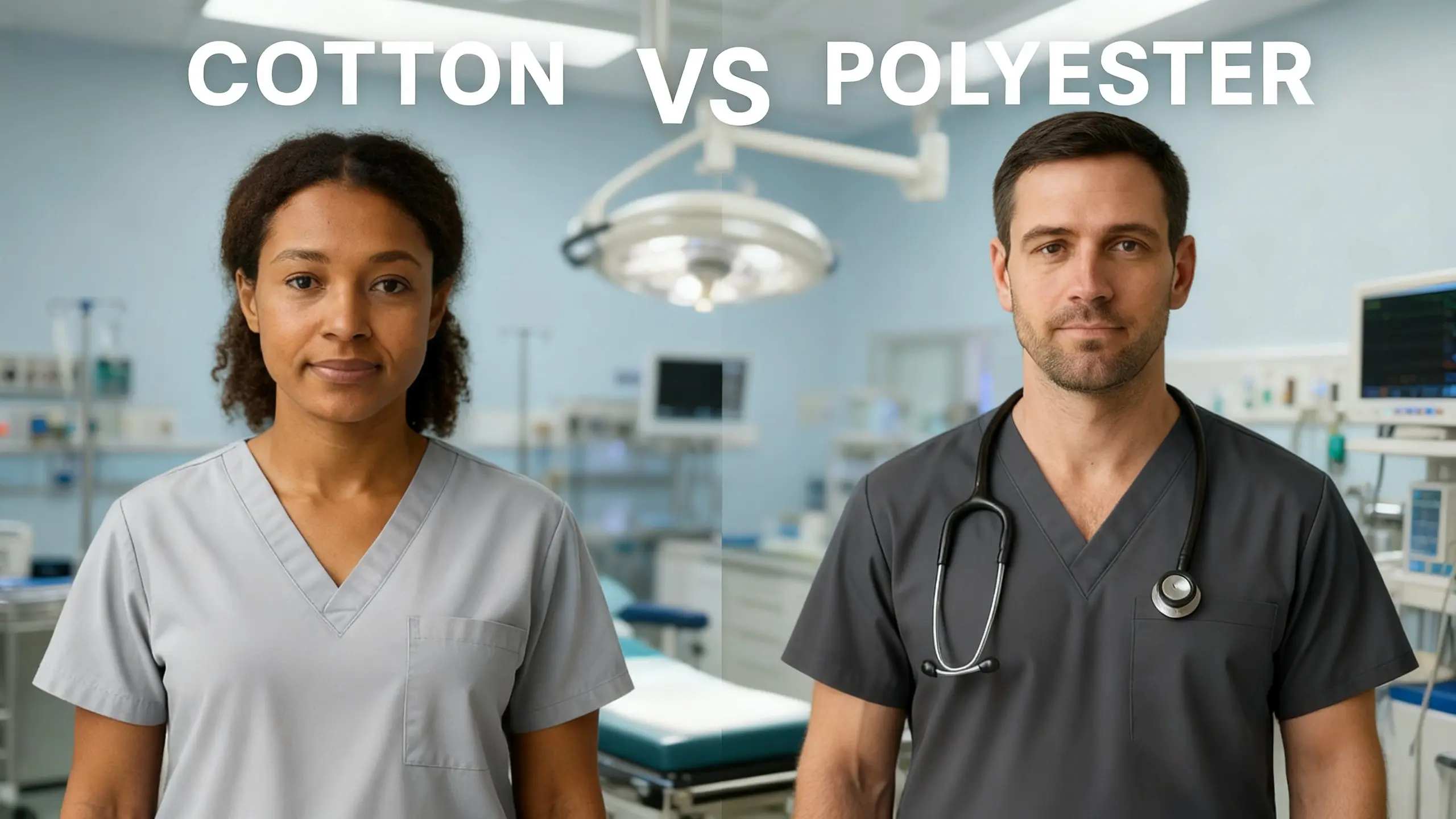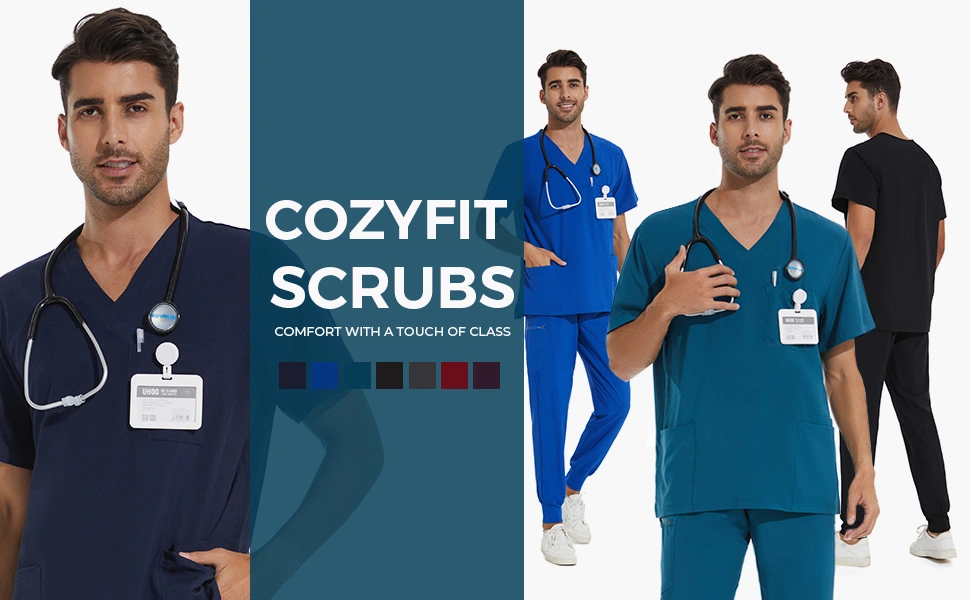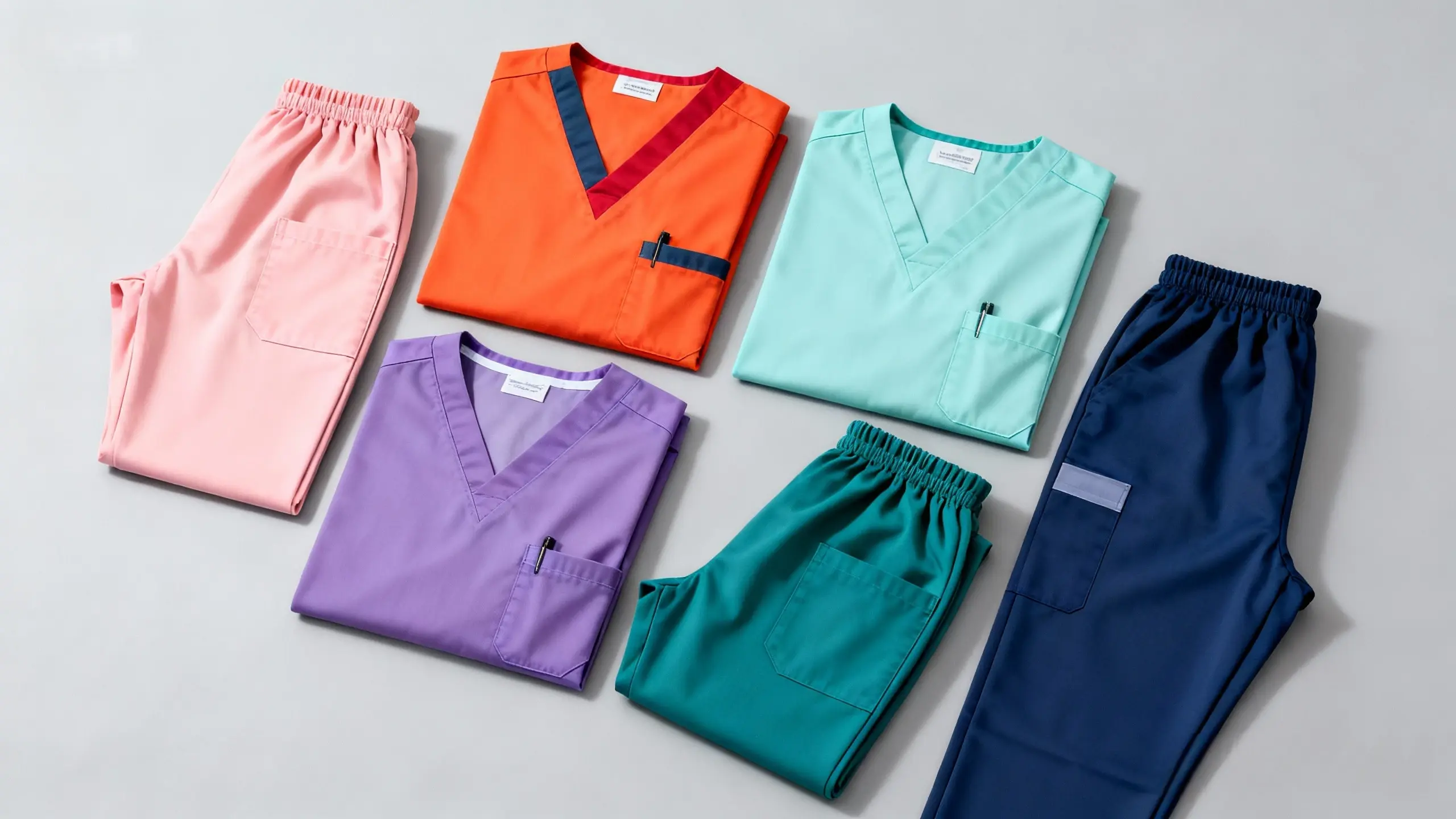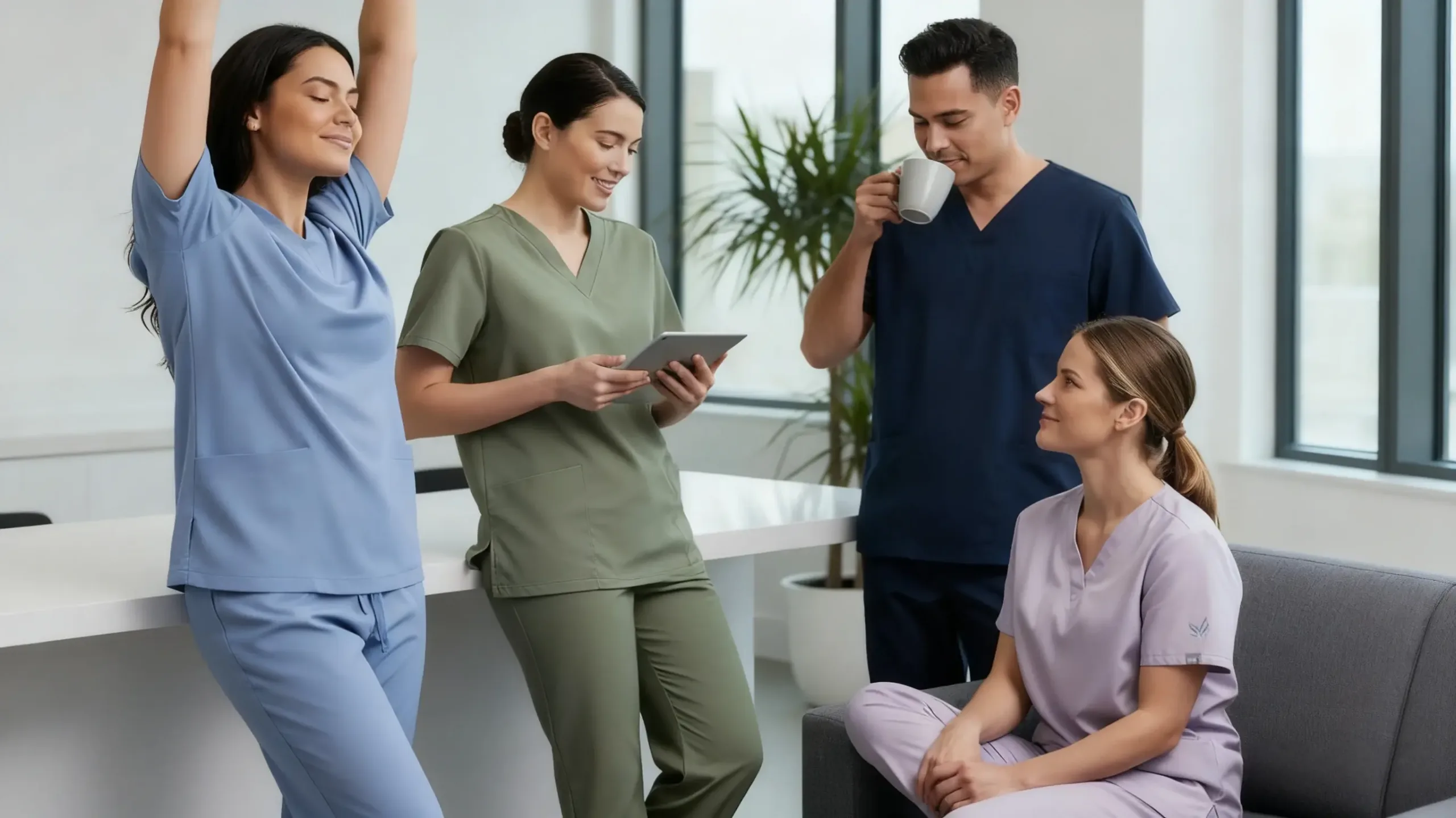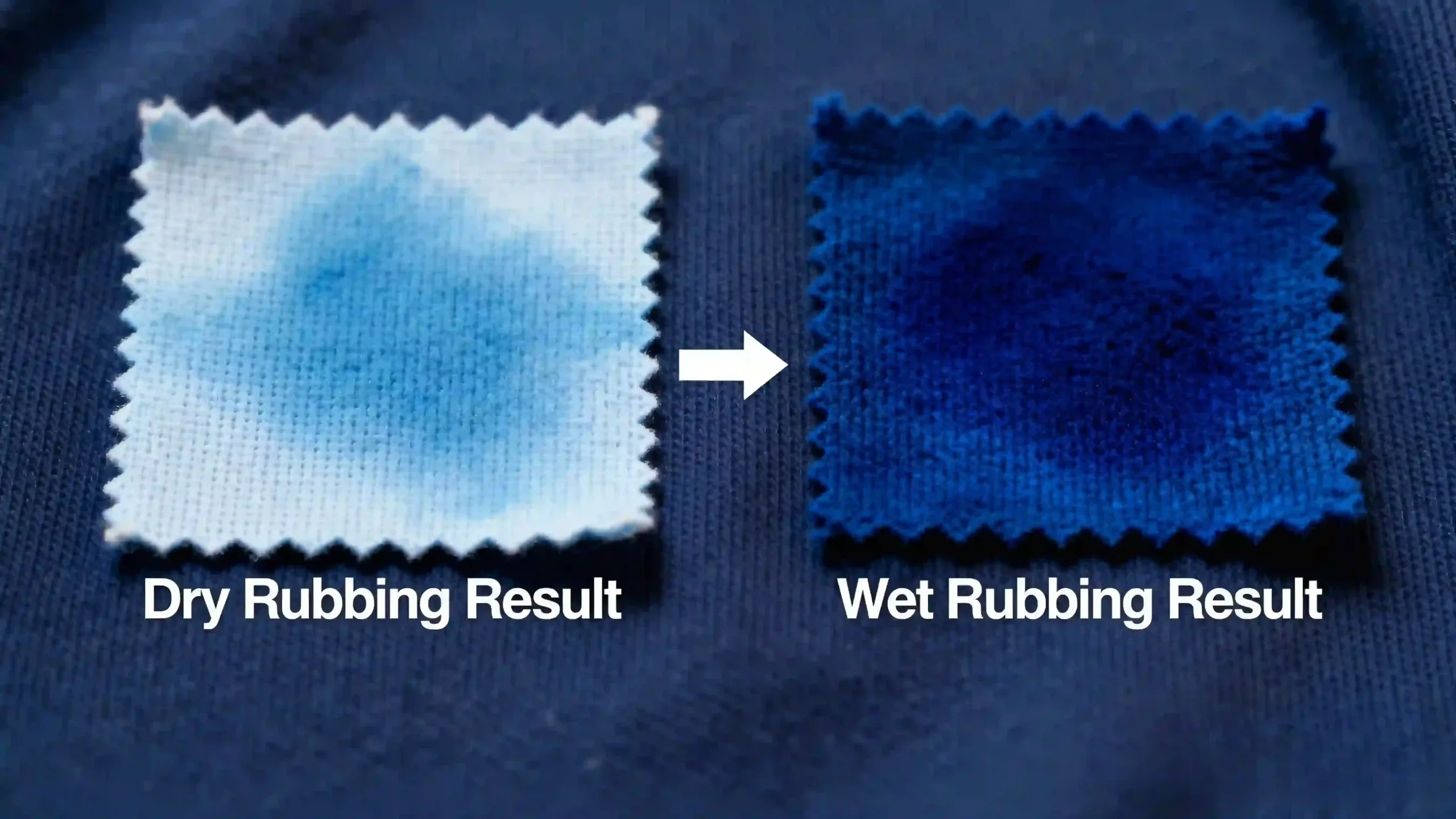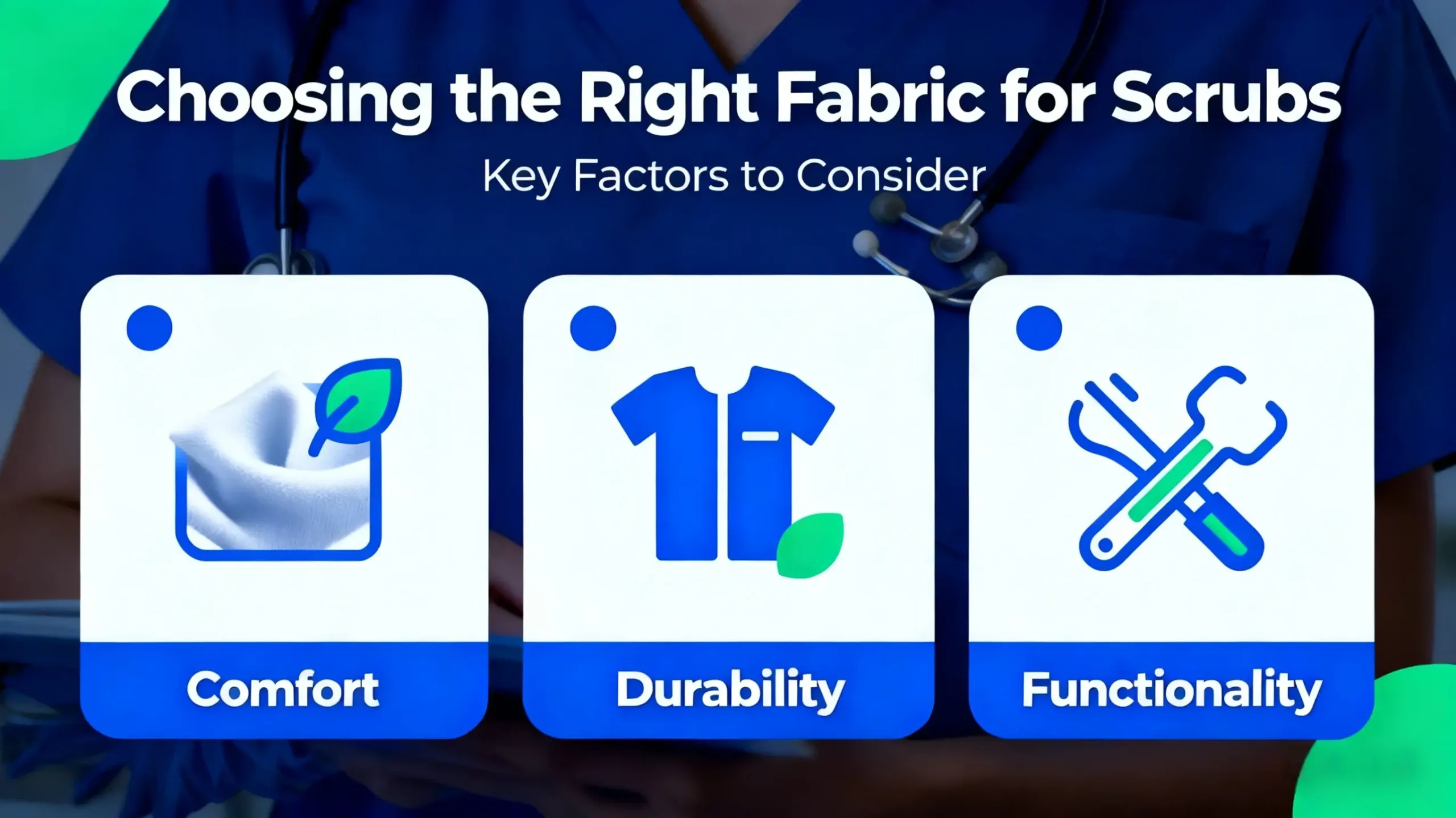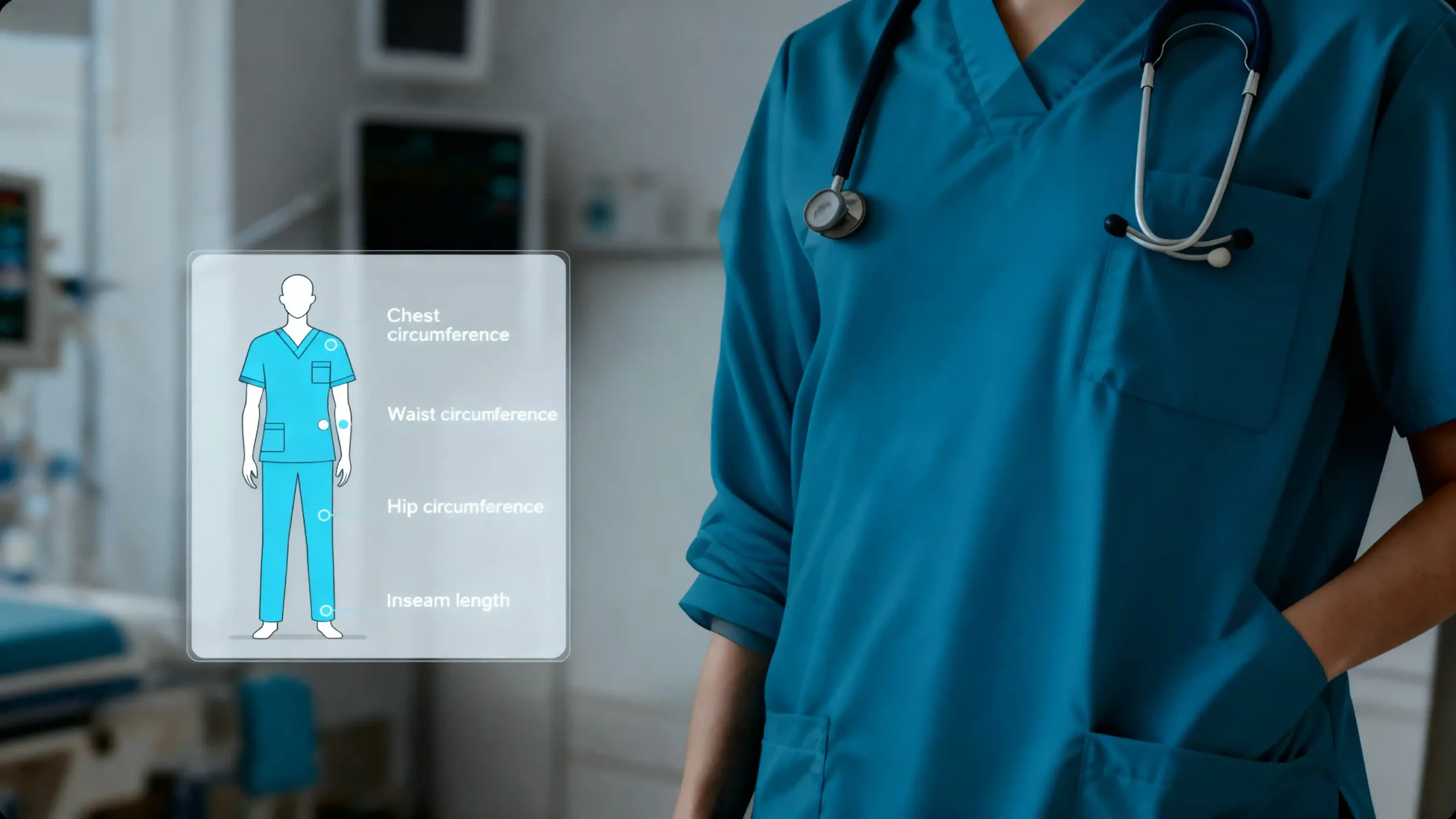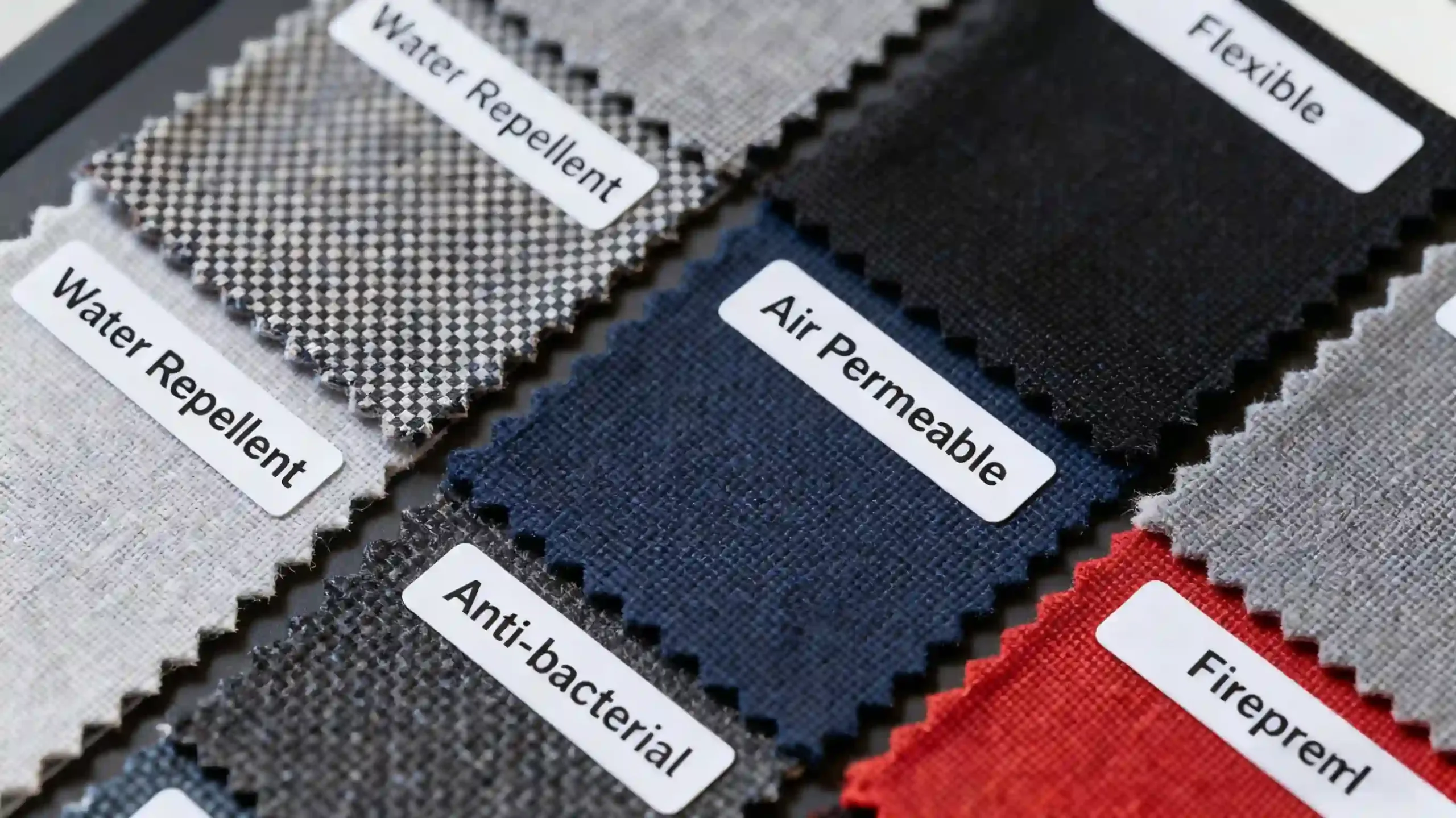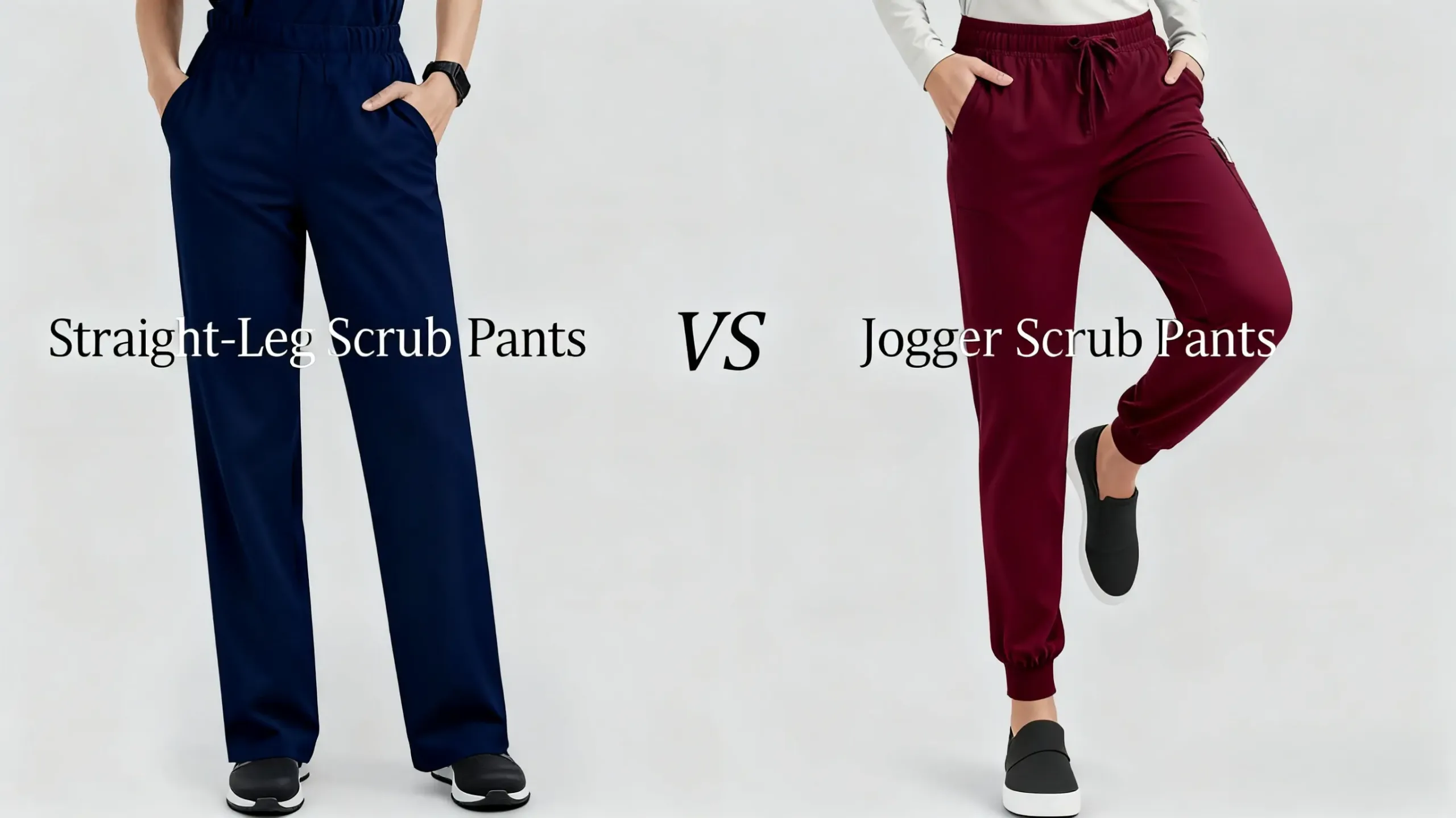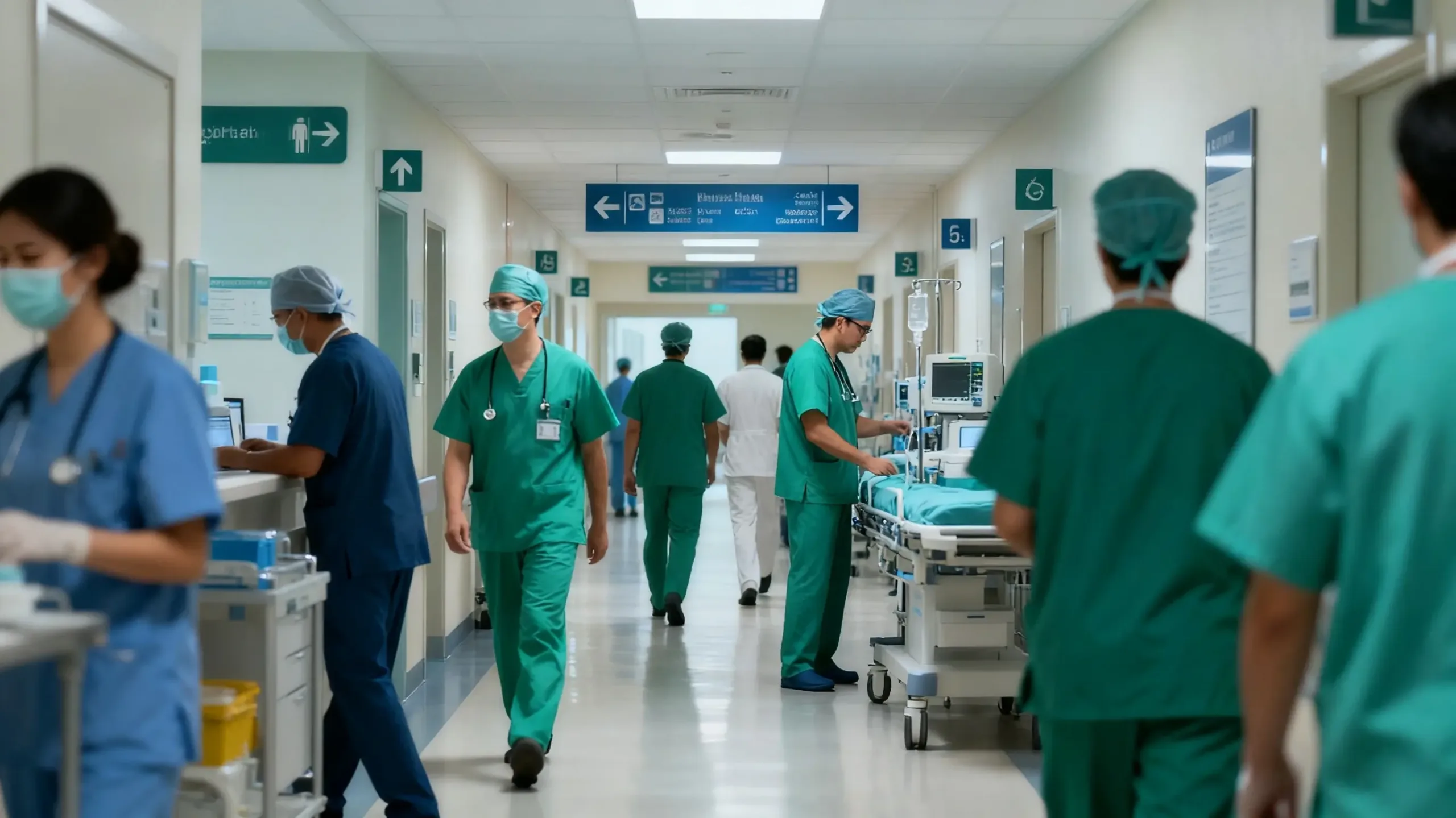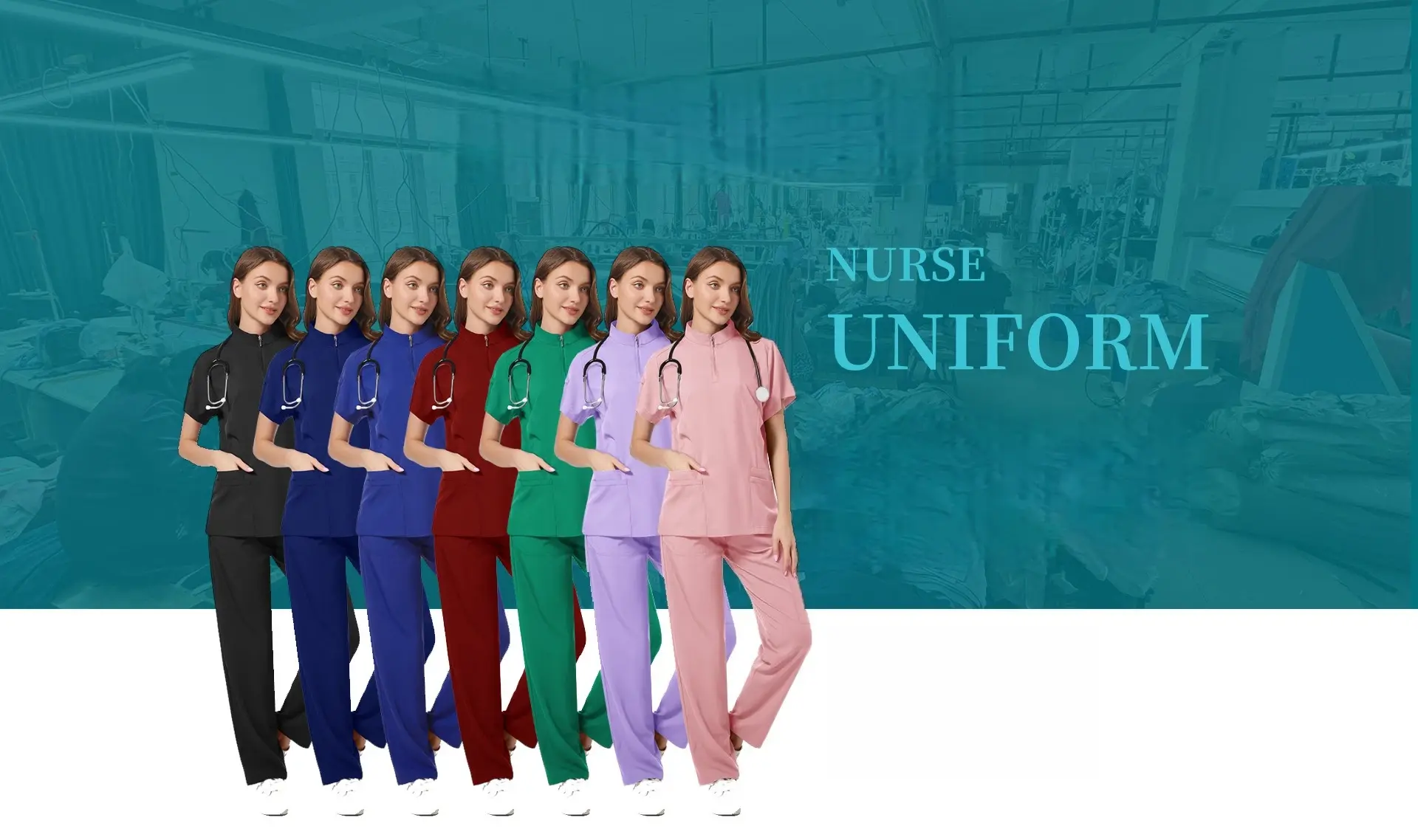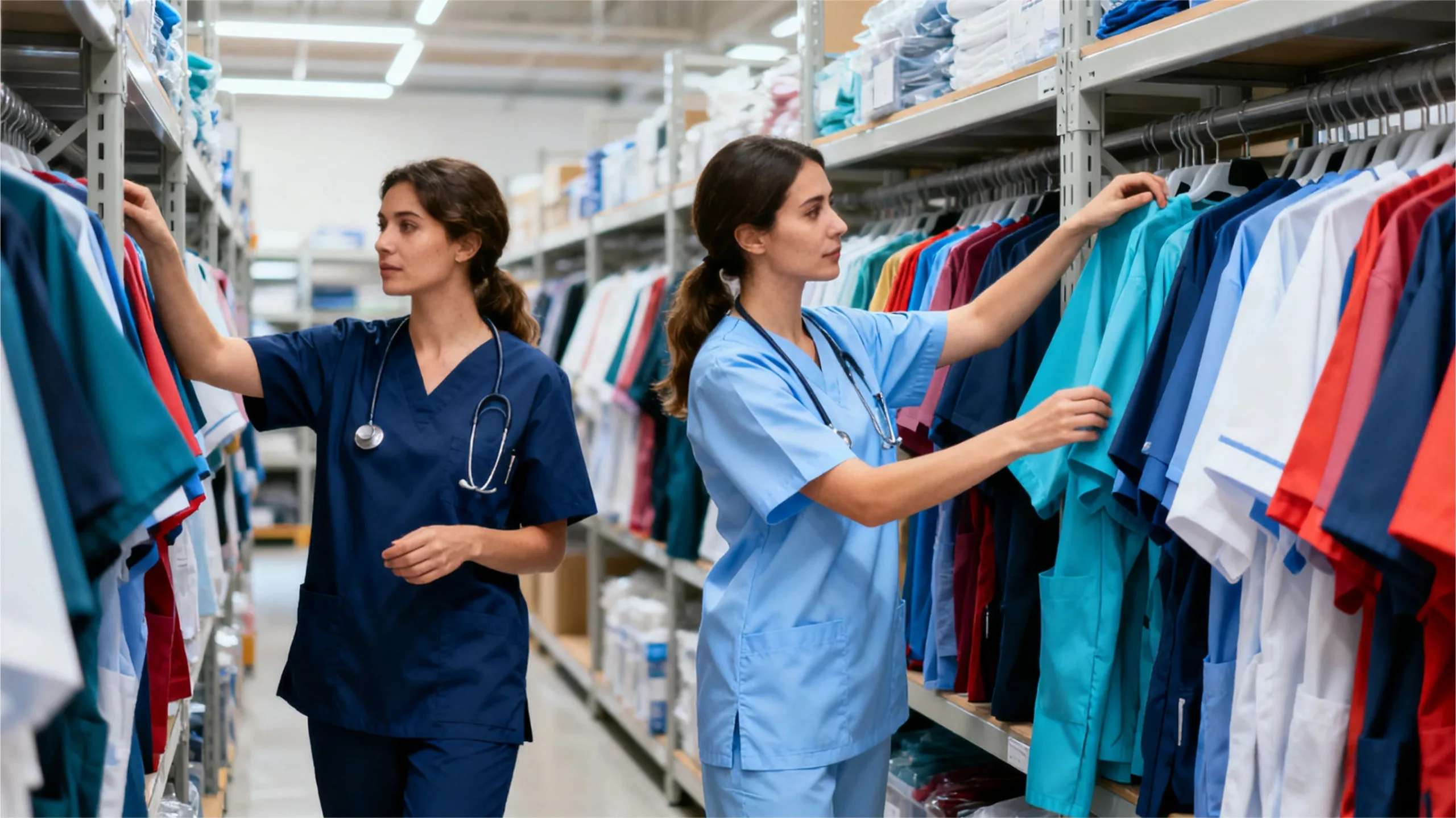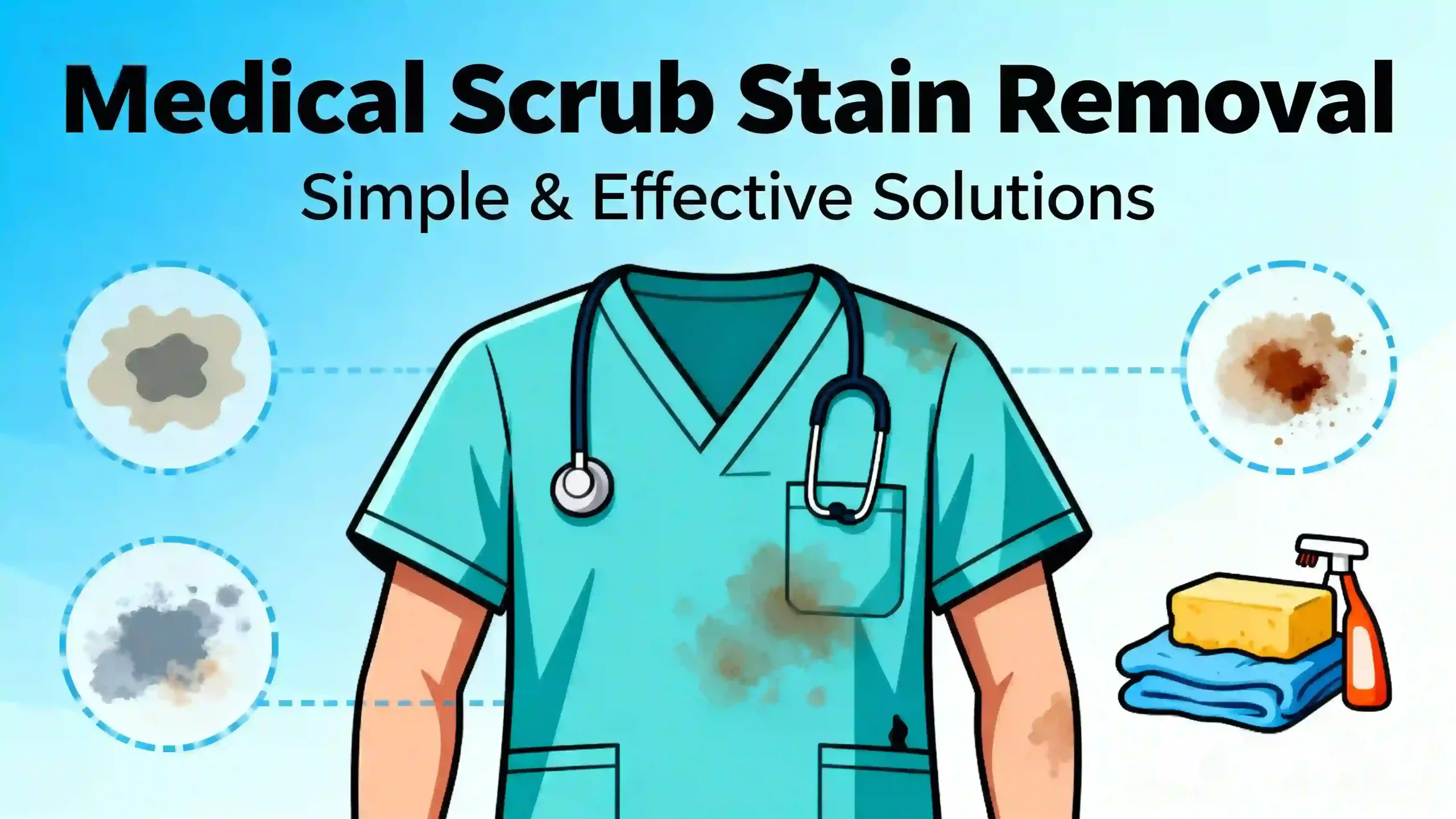How I Design and Make Custom Medical Scrubs Step-by-Step
How I Design and Make Custom Medical Scrubs Step-by-Step
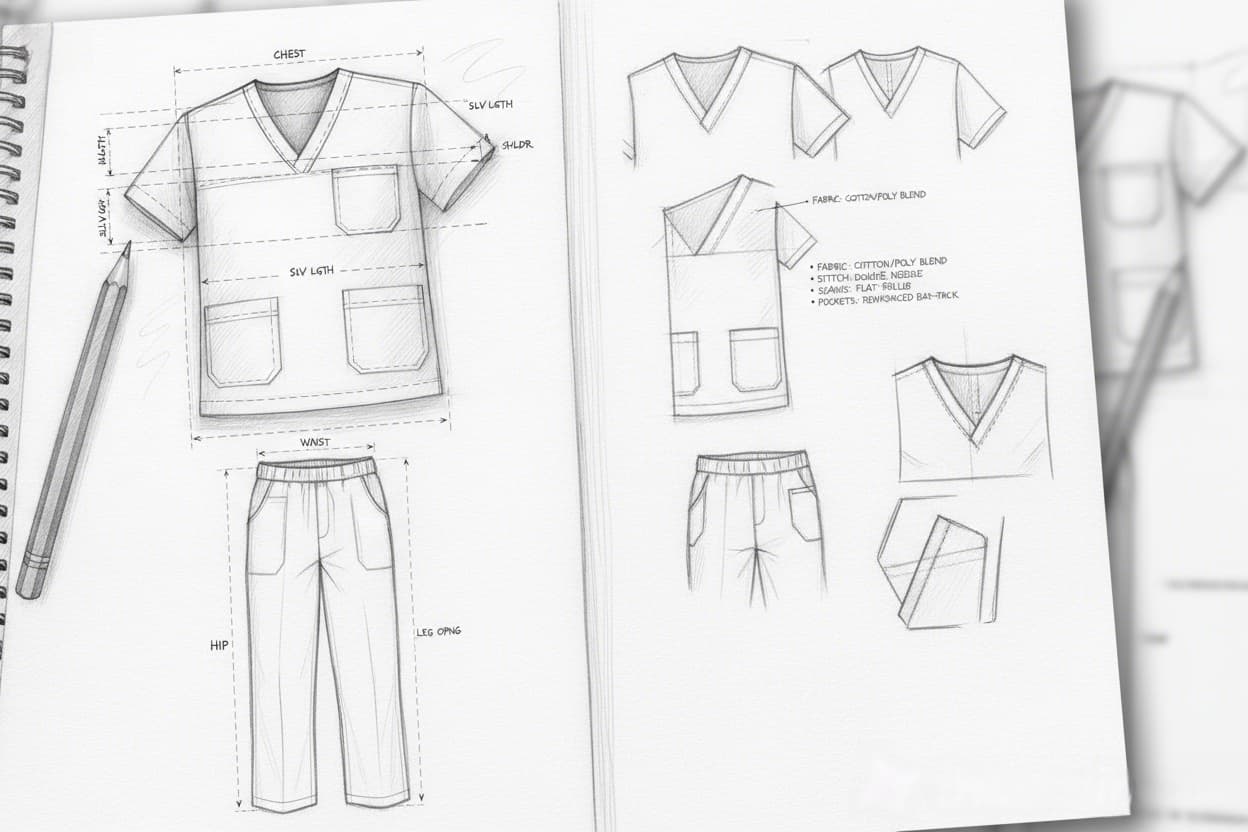
Most people only see the finished scrubs—clean stitches, bright colors, neat pockets, and a fit that feels right.
But behind every set of custom medical scrubs we make at LANO WEAR, there is a long chain of decisions, tests, revisions, and sometimes a little frustration mixed with pride.
Today I’m opening the curtain and sharing exactly how I take a design from a sketch to a finished scrub set, the same process I use when working with hospitals, clinics, and new private-label brands around the world.
This is not a textbook explanation.
It’s the actual workflow I follow every week.
Step 1 — From Idea to Sketch
Every project begins with a simple question:
“What is this uniform supposed to solve?”
Sometimes a client wants deeper pockets for nurses who carry tablets.
Sometimes they want a lighter fabric for humid climates.
Sometimes it’s purely visual—a signature color or a modern silhouette.
Once we’re aligned on the purpose, I draw a quick sketch.
Nothing fancy. Just clean outlines showing:
- neckline shape
- pocket placement
- sleeve length
- side vents or no vents
- fit preference (slim, regular, relaxed)
This rough sketch becomes the foundation of the entire project.
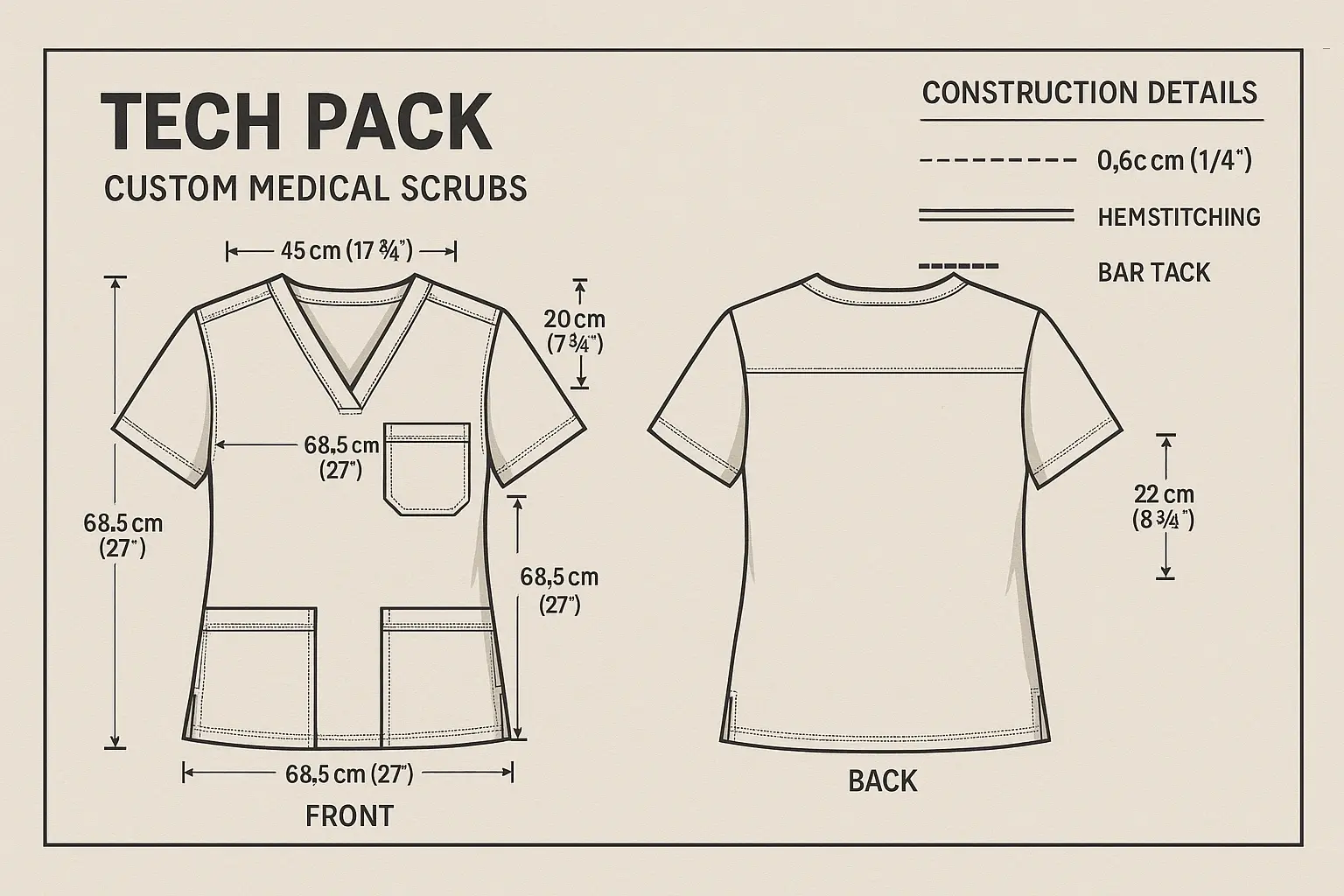
Step 2 — Building a Complete Tech Pack
After the sketch, I build the tech pack, which is the most important document in the entire medical uniform design process.
A solid tech pack includes:
measurements for every panel
fabric type and GSMstitching type (single-needle, double-needle)
- pocket depth
- seam allowance
- size range
- color codes
- trim and zipper details
A weak tech pack creates endless samples and revisions. A good one saves everyone time and money.
Step 3 — Selecting the Right Fabric
Fabric selection is not guesswork.
For custom medical scrubs, I evaluate four things:
✔ Durability
Can it handle 50+ industrial washes?
✔ Comfort
Does it stretch enough for long shifts?
✔ Climate Compatibility
Hot and humid markets need lighter blends.
✔ Color Stability
Hospital branding depends heavily on color accuracy.
Clients often come in with their own ideas, but it’s my job to tell them:
“What looks good on a fabric card may not survive real hospital use.”
This is where our experience as a custom scrubs manufacturer truly matters.Learn more in our fabric comparison guide.
Step 4 — Color Matching and Lab Dips
Once the fabric is chosen, we produce lab dips—small swatches dyed in the exact Pantone shade the client wants.
I never approve a color under just one light.
I check it under:
- daylight
- fluorescent hospital lighting
- warm indoor lighting
Some colors look perfect in sunlight but turn dull indoors.
Fixing this early avoids disappointment in bulk production.
Step 5 — Pattern Making and Fit Development
Pattern making is where the sketch becomes a wearable shape.
Our pattern makers draft each panel:
- front bodice
- back bodice
- sleeves
- pockets
- collar
- waist curves
Fit is everything.
Even if the fabric is amazing, a wrong pattern makes the uniform uncomfortable.
For new private-label brands, this is usually the stage where they say:
“I didn’t know scrubs require this much precision.”
Yes—every centimeter matters.

Step 6 — Creating the First Sample
When the pattern is ready, we sew the first sample.
I pay close attention to:
- shoulder fit
- pocket usability
- neckline comfort
- stitch neatness
- side vent strength
- crotch reinforcement (for pants)
This is the moment where the design becomes real.
Sometimes the sample is perfect. Most of the time, it needs adjustments. That’s normal. Good design rarely happens in one shot.
Step 7 — Revisions and Fitting Tests
I always test the sample in real motion:
- bending
- lifting
- walking
- sitting
- squatting
Scrubs must move with the body, not fight against it.
Typical adjustments include:
- wider armhole for nurses
- deeper pockets for male sizes
- slimmer waist curve for women’s tops
- stronger bar-tacks at high-stress points
These revisions turn a “nice idea” into a scrub set that professionals want to wear.

Step 8 — Cutting and Sewing in Bulk
Once the sample is approved, we prepare for bulk production.
Cutting
We stack layers of fabric and cut them with high-precision equipment so each piece is identical.
Sewing
On the production line, each operator handles one step:
- stitching the shoulders
- attaching pockets
- inserting sleeves
- hemming
- adding labels
- final topstitching
Even small mistakes here can affect the entire batch, so I monitor this stage closely.
Step 9 — Multi-Stage Quality Control
Our QC process includes checks at:
pre-cutting
- mid-sewing
- final sewing
- finishing
- packing
We inspect:
- loose threads
- size accuracy
- color consistency
- measurements
- seam strength
If one piece fails, we inspect the entire bundle.
Quality is not negotiable.
A uniform represents a brand, not just a product.
Step 10 — Packing, Final Checks, and Shipping
Once everything passes QC, we:
- steam press
- fold to spec
- pack in polybags
- label boxes by size and color
- prepare export documents
Before shipping, I always send clients:
- final inspection photos
- packing list
- carton markings
- weight and dimension information
This ensures transparency and smooth customs clearance.
Why I Share My Entire Process
Most factories don’t explain what happens behind the scenes.
But I’ve learned that transparency builds trust—especially for new brands.
When buyers understand the real work behind custom medical uniforms, they make better decisions, avoid common mistakes, and end up with products they’re proud to put their logo on.
Ready to Create Your Own Custom Scrubs?
If you’re planning your first collection—or improving an existing one—I can walk you through every step from sketch to shipment.
📩 Contact me to start your custom scrubs project.
Let’s build a uniform your team will actually love wearing.
Before you get started, you can also take a look at our custom order guidelines to better understand how the whole process works.
Contact Us Now>>>Contact Us
Learn more about us>>>LANO SCRUB MANUFACTURER

